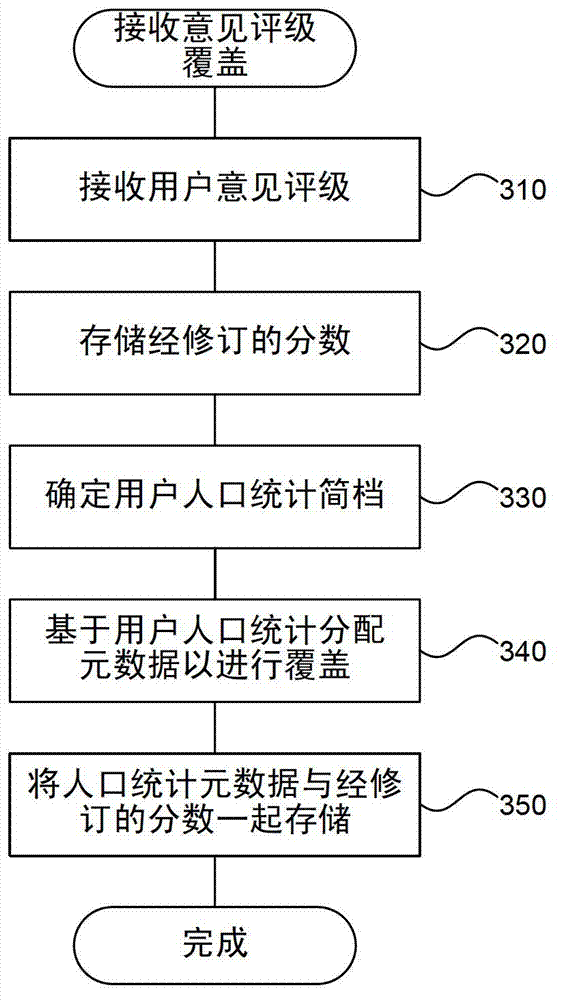Crowd-sourcing and contextual reclassification of rated content
A content, crowdsourcing technique applied in the field of crowdsourcing and context reclassification of rated content to solve the problems of boredom, not guaranteed to be liked by older people, etc.
- Summary
- Abstract
- Description
- Claims
- Application Information
AI Technical Summary
Problems solved by technology
Method used
Image
Examples
Embodiment Construction
[0013] A content rating system is described herein that enables end users and organizations to share their interpretations of automatically generated opinion scores. The system can provide a simple visual mechanism, such as a slider bar, that the user can move to indicate agreement or disagreement with the automated scoring. The system adds metadata tracking information about the user to the revised score to account for different demographic contexts based on the user's feedback. For example, the system allows administrators to later determine how content is perceived by users of a certain age range, gender, social status, etc. The system performs re-scoring of user-provided ratings taking into account the context, and then presents the re-scored values on a context-specific endpoint. A content rating system provides a crowd-sourcing scheme that scales extremely well, adds more precision (since the scoring is done by individuals within a known demographic category / context),...
PUM
 Login to View More
Login to View More Abstract
Description
Claims
Application Information
 Login to View More
Login to View More - R&D
- Intellectual Property
- Life Sciences
- Materials
- Tech Scout
- Unparalleled Data Quality
- Higher Quality Content
- 60% Fewer Hallucinations
Browse by: Latest US Patents, China's latest patents, Technical Efficacy Thesaurus, Application Domain, Technology Topic, Popular Technical Reports.
© 2025 PatSnap. All rights reserved.Legal|Privacy policy|Modern Slavery Act Transparency Statement|Sitemap|About US| Contact US: help@patsnap.com



